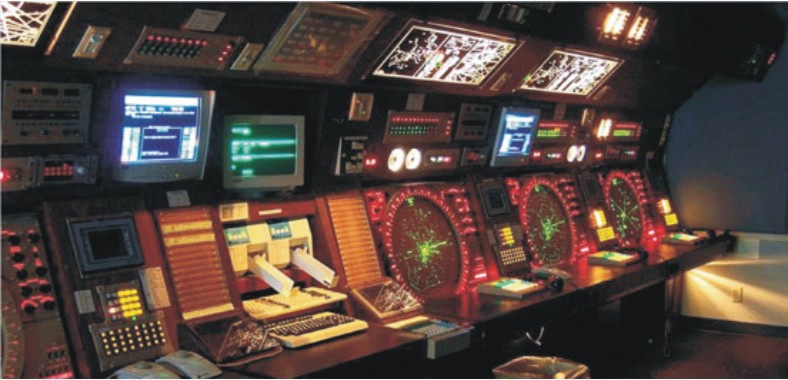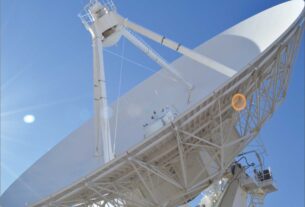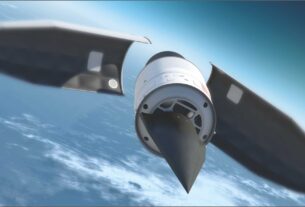Ever since it became known that the Chinese had shot down one of their own dysfunctional satellites in early 2007, the concept of an Indian Aerospace Command has gained momentum.
There is a felt need among the Indian armed forces for both the defensive as well as the offensive capacities of space-based assets.
While the setting up of the administrative offices was announced some years ago and that the Southern Air Command Headquarters at Thiruvananthapuram in Kerala was designated as the home of the Tri-Services Aerospace Command not much else was forthcoming about the activities of the command.
The choice of location was appropriate in that Thiruvananthapuram had long ago acquired fame as the base for India’s ascendancy in space-related programmes brought about by such eminent institutions as the Vikram Sarabhai Space Centre (VSSC), and Indian Institute of Space Science and Technology (IIST).
Their special emphasis on space launch vehicles and the respective technologies which together with the other components of the Indian Space Research Organisation in other parts of the country have brought India to the point of being able to provide practically the cheapest satellite launch facilities in the world.
Given this background it came as no surprise when Scientific Adviser to the Minister of Defence and Director-General of the Defence Reserch and Development Organisation said during the 97th Indian Science Congress in the same location in January this year that India was working on lasers and a kill vehicle that could destroy enemy satellites in orbit.
Early interception
The work was part of India’s Ballistic Missile Defence (BMD) programme to intercept enemy missiles at the exo-atmosphere (outside the atmosphere and within the lower reaches of space which together comprise the “aerospace” realm of defence).
Later in February Dr Saraswat elaborated that India had all the building blocks for an anti-satellite weapon (ASAT) ready to neutralize satellites in low earth orbit (LEO) which has an equatorial orientation as well as polar orbit which is in north-south configuration.
In fact it is axiomatic that if a nation has the launch vehicle capability and the ability of putting a satellite into a chosen orbit (LEO, polar or geosynchronous which is deeper in space and so placed as to travel at the same pace as the earth’s revolution to make their respective movements synchronized with each other), it should be able to evolve an anti-satellite missile capability with refinements in tracking and guidance technology.
Much depends on the choice of interception: A head-on collision or a chase-and-destroy tactic. The former would appear to be somewhat more difficult in that the trajectory of the kill vehicle would have to be perfect to meet the on-rushing satellite (above 12,000 kmph) to be able to hit it head-on.
Of course, the kill-vehicle’s ability to destroy could be enhanced by exploding it with a proximity fuse thereby creating a wall of debris into which the victim slams and is torn to smithereens.
The second method of “pursuit” requires that the kill vehicle is placed in the same orbit as the intended victim and accelerated with onboard propulsion systems or explosives to catch up and hit the intended target.
There are still other methods to either destroy or disable satellites but they are not of the same genre as what the Chinese used to destroy their own dysfunctional satellite.
The point here is of ground-based anti-satellite missiles. While interception of the type described above could be the preferred choice if the intention is to ensure that no damage or disruption of other nation’s satellite network ever takes place.
However, given the Chinese mindset that propelled it to demonstrate its anti-satellite capability in 2007 there were several reasons for it.
For one, Taiwan was threatening to announce a unilateral declaration of independence (UDI – something akin to what the white racist regime in Zimbabwe in east Africa did under Ian Smith) and the US and its NATO allies were egging on the Taiwanese leadership to go ahead and they would immediately recognize the new regime.
China responded by firing a missile over Taiwan as a warning shot. At about the same time a phenomenon occurred over the Pacific Ocean – telecommunications linked to satellites went on the blink for some time.





